当前位置:网站首页>golang刷leetcode 经典(5)设计哈希集合
golang刷leetcode 经典(5)设计哈希集合
2022-08-02 17:37:00 【用户9710217】
不使用任何内建的哈希表库设计一个哈希集合
具体地说,你的设计应该包含以下的功能
add(value):向哈希集合中插入一个值。
contains(value) :返回哈希集合中是否存在这个值。
remove(value):将给定值从哈希集合中删除。如果哈希集合中没有这个值,什么也不做。
示例:
MyHashSet hashSet = new MyHashSet();
hashSet.add(1);
hashSet.add(2);
hashSet.contains(1); // 返回 true
hashSet.contains(3); // 返回 false (未找到)
hashSet.add(2);
hashSet.contains(2); // 返回 true
hashSet.remove(2);
hashSet.contains(2); // 返回 false (已经被删除)注意:
所有的值都在 [0, 1000000]的范围内。
操作的总数目在[1, 10000]范围内。
不要使用内建的哈希集合库。
解题思路:
1,本题考察对hashset 的理解
2,使用拉链法
3,设计简单的hash函数,取模
hashset 和hashmap 区别:
HashSet:
HashSet实现了Set接口,它不允许集合中出现重复元素。当我们提到HashSet时,第一件事就是在将对象存储在
HashSet之前,要确保重写hashCode()方法和equals()方法,这样才能比较对象的值是否相等,确保集合中没有
HashMap:
HashMap实现了Map接口,Map接口对键值对进行映射。Map中不允许出现重复的键(Key)。Map接口有两个基本的实现
TreeMap和HashMap。TreeMap保存了对象的排列次序,而HashMap不能。HashMap可以有空的键值对(Key(null)-Value(null))
总结一句话,hash set node节点里存储的是key,hash map node节点存储的是key value pair
代码
type MyHashSet struct {
data []*Node
len int
}
type Node struct{
key int
next *Node
}
/** Initialize your data structure here. */
func Constructor() MyHashSet {
return MyHashSet{
data:make([]*Node,10001),
len:10001,
}
}
func (this *MyHashSet) Add(key int) {
data:=this.data[key%this.len]
if data==nil{
this.data[key%this.len]=&Node{
key:key,
}
}else{
if data.key==key{
return
}
for data.next!=nil{
data=data.next
if data.key==key{
return
}
}
data.next=&Node{
key:key,
}
}
//this.Print()
}
func (this *MyHashSet)Print(){
fmt.Println("----",this.len,":")
for i:=0;i<len(this.data);i++{
d:=this.data[i]
if d!=nil{
fmt.Println(this.data[i].key)
for d.next!=nil{
d=d.next
fmt.Println(d.key)
}
}
}
fmt.Println(":------")
}
func (this *MyHashSet) Remove(key int) {
data:=this.data[key%this.len]
if data==nil{
return
}
if data.key==key{
this.data[key%this.len]=data.next
//this.Print()
return
}
for data.next!=nil{
if data.next.key!=key{
data=data.next
}else{
data.next=data.next.next
}
}
}
/** Returns true if this set contains the specified element */
func (this *MyHashSet) Contains(key int) bool {
data:=this.data[key%this.len]
if data==nil{
return false
}
for data.next!=nil{
if data.key==key{
return true
}
data=data.next
}
return data.key==key
}
/**
* Your MyHashSet object will be instantiated and called as such:
* obj := Constructor();
* obj.Add(key);
* obj.Remove(key);
* param_3 := obj.Contains(key);
*/边栏推荐
猜你喜欢
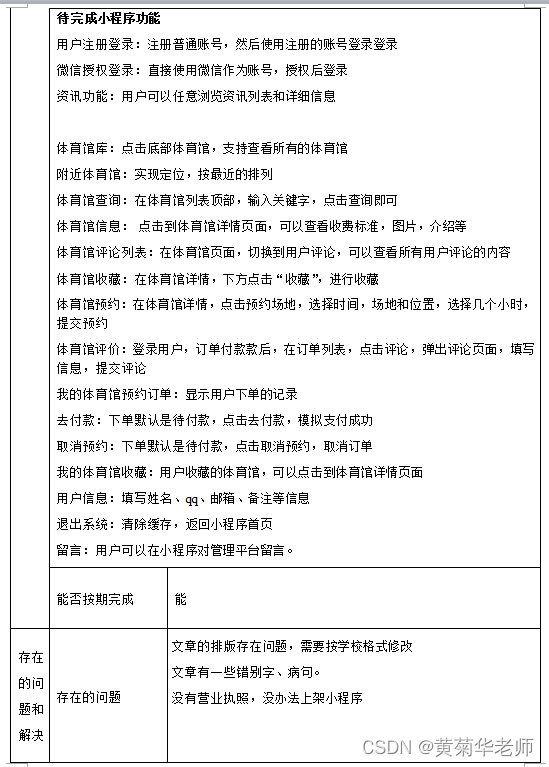
Wechat Gymnasium Appointment Mini Program Graduation Design Finished Works (7) Mid-term Inspection Report
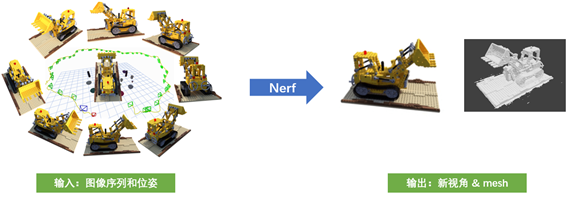
NeRF: The Secret of 3D Reconstruction Technology in the Popular Scientific Research Circle

NeRF:火爆科研圈的三维重建技术大揭秘
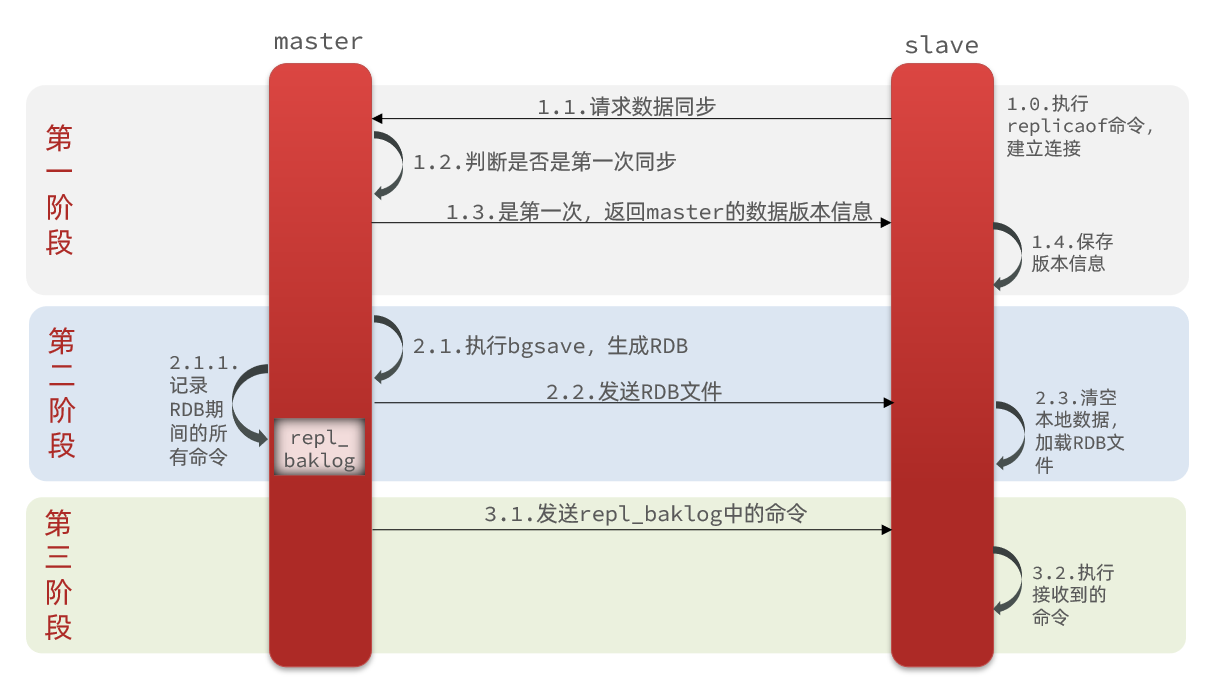
redis总结_分布式缓存

故障分析 | 一条 SELECT 语句跑崩了 MySQL ,怎么回事?
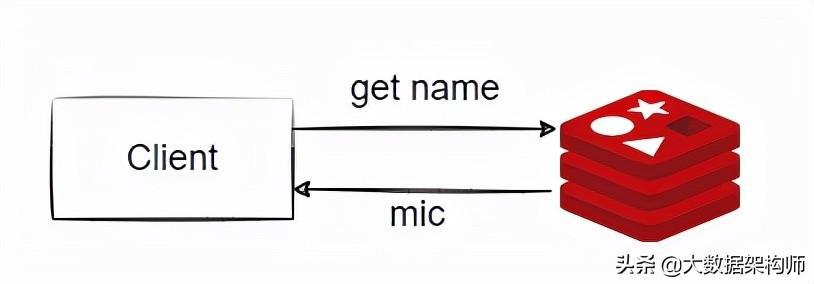
How Tencent architects explained: The principle of Redis high-performance communication (essential version)
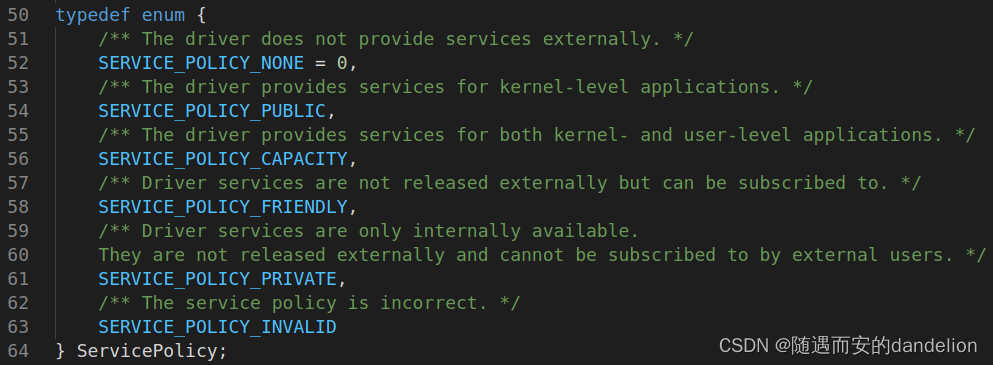
HDF驱动框架的API(3)
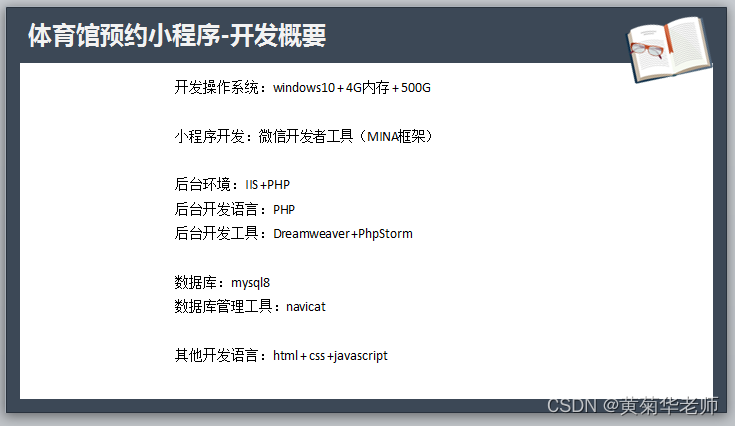
小程序毕设作品之微信体育馆预约小程序毕业设计成品(6)开题答辩PPT
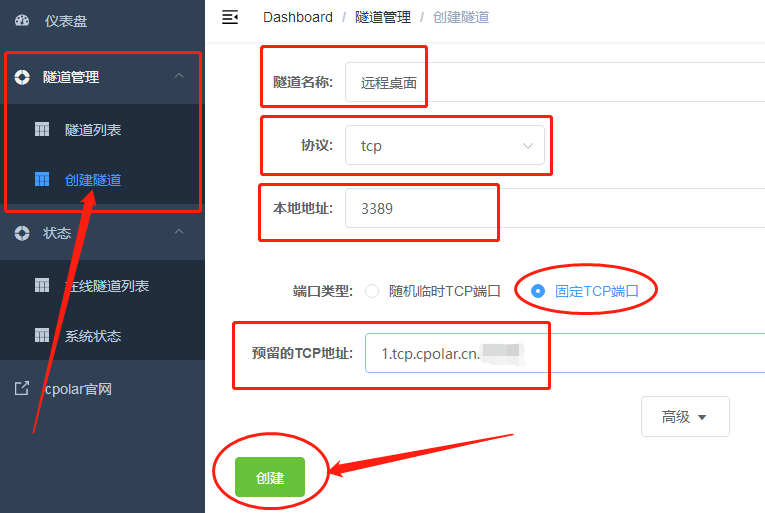
Cpolar application example of data acquisition equipment
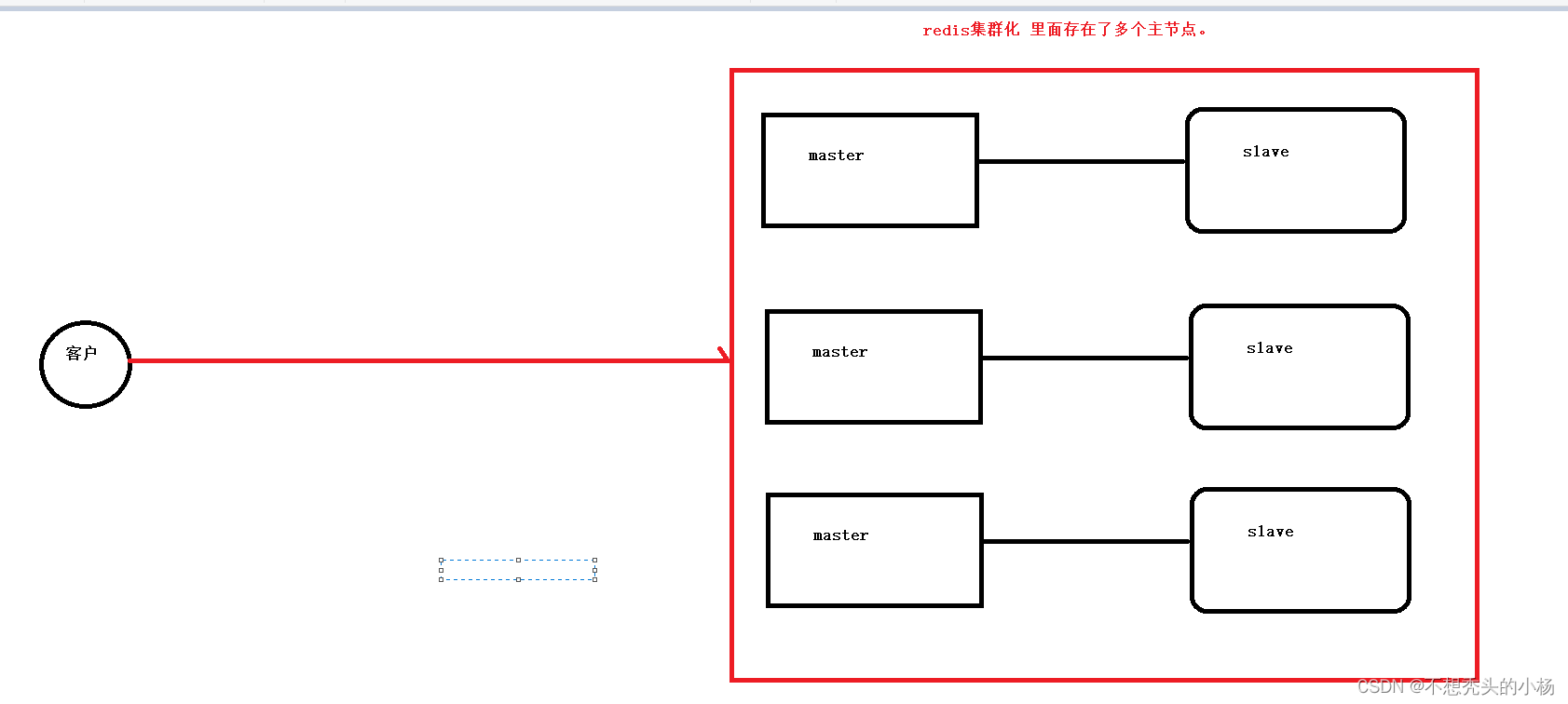
Redis的使用--集群模式
随机推荐
ffmpeg cannot find libx264 after compilation
Go 语言快速入门指南:第二篇 变量与常量
LeetCode·76.最小覆盖子串·滑动窗口
嵌入式Qt-做一个秒表
文件上传很难搞?10分钟带你学会阿里云OSS对象存储
What is the difference between erp system and wms system
E-Surfing Cloud 4.0 Distributed Cloud Enables Digital Transformation of Thousands of Industries
MySQL基本操作和基于MySQL基本操作的综合实例项目
vulnhub W34kn3ss: 1
redis总结_基础
0725-面试记录
基于HDF的LED驱动程序开发(1)
宝塔搭建实测-基于ThinkPHP5.1的wms进销存源码
谁抢走了华大基因的生意?
Five speakers: seventy genius_platform software platform development 】 【 turn YUY2 RGB24 implementation source code
MySQL表的约束
mysql四种隔离级别
cpolar应用实例之多设备数据采集
golang源码分析(4):select
本地MSE播放fragment mp4服务